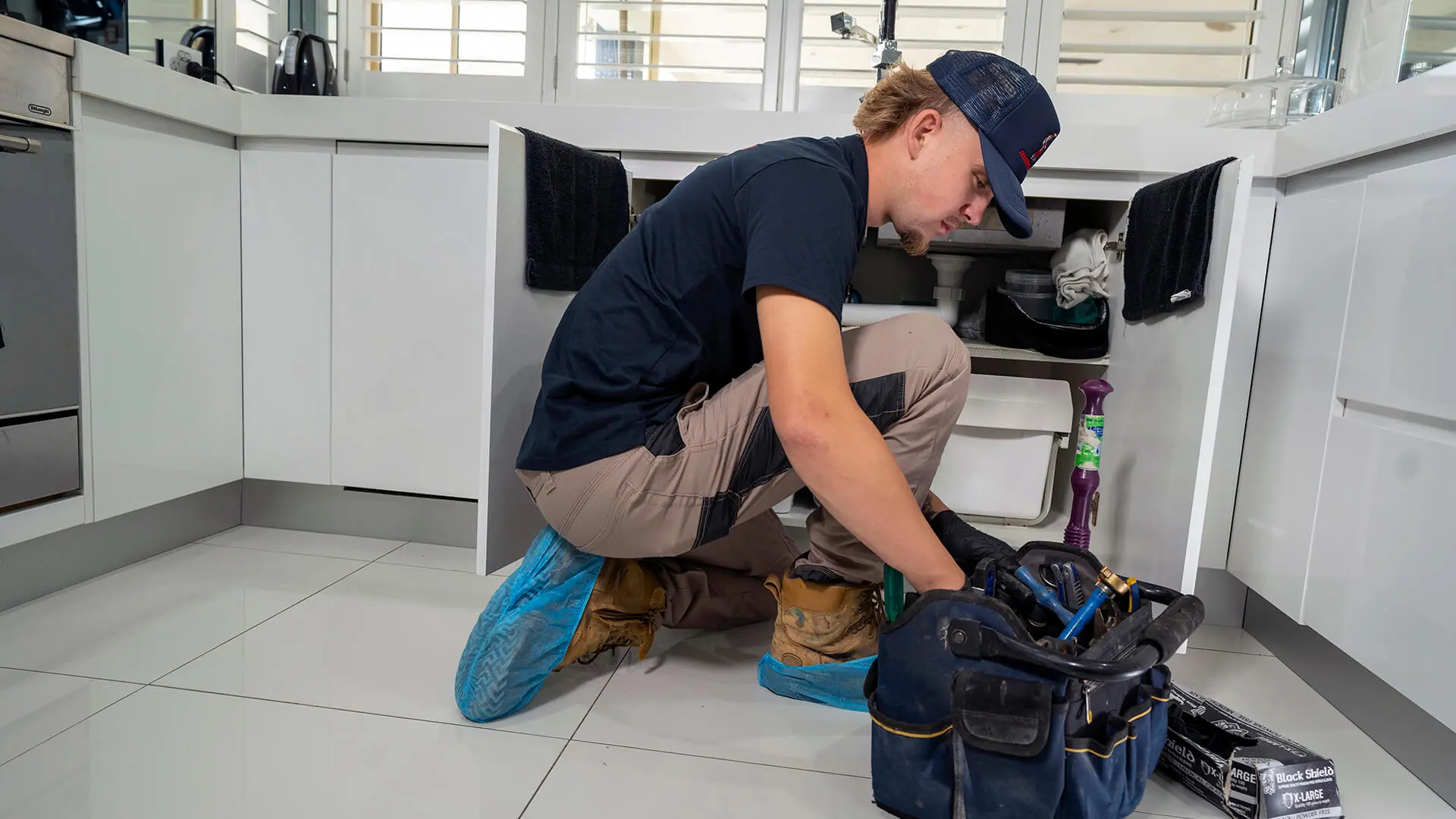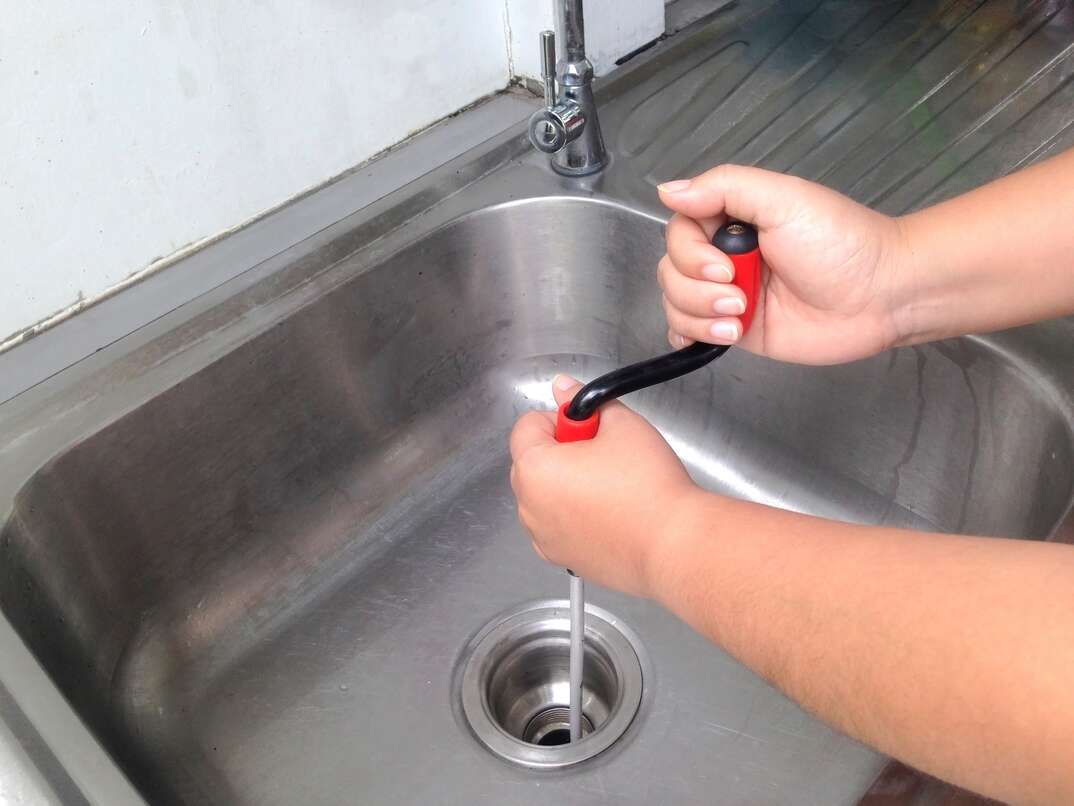Basic Methods To Fix A Slow-Draining Sink
Basic Methods To Fix A Slow-Draining Sink
Blog Article
They are making a few good pointers on How to Fix a Slow Draining Sink as a whole in this article directly below.

Intro
We have actually all existed: You're cleaning your teeth or washing your hands, and you discover the water pooling in the sink. Rather than rapidly swirling away, it sticks around, turning your once-refreshing morning routine into a mini swamp scene. A slow-draining sink isn't simply frustrating; it's commonly a sign of larger pipes problems lurking underneath the surface. The good news is that the majority of slow-draining sinks can be fixed with a little expertise, a few standard devices, and some persistence. Prepared to tackle this task head-on? Let's roll up our sleeves and dive right in.
Understanding the Causes of a Slow-Draining Sink
Before you begin poking around in your pipes, it assists to recognize what may be creating the downturn. Recognizing the source makes it easier to pick the right solution.
Usual Perpetrators Behind Slow Drain
So, what's blocking points up? Usually, it's a combination of day-to-day debris-- believe hair, soap residue, toothpaste residue, and leftover food particles. In time, these tiny bits gather and hold on to the pipe wall surfaces, gradually narrowing the passage and making it harder for water to travel through. In some cases, mineral deposits from difficult water can likewise add to the substance, creating the excellent storm for persistent clogs.
When is it Time to Do Something About It?
If you notice the water draining pipes slower than common, it's a good concept to intervene quicker instead of later on. Waiting too long can lead to finish obstructions, undesirable smells, and even pipe damage. If the water takes greater than a couple of secs to clear out after turning off the faucet, consider it a warning and get ready to put on your DIY hat.
Devices and Materials You'll Require
The right tools make all the distinction. Luckily, you will not need a completely stocked plumbing technician's van to finish the job.
Crucial Tools for DIY Services
A bettor is your best starting point. A tiny, sink-sized plunger produces suction that can displace small blockages. For even more consistent obstructions, a drain snake (often called a plumbing professional's auger) works wonders. A pair of handwear covers, a flashlight, and possibly a set of safety safety glasses are also helpful.
Recommended Cleaning Solutions
Light recipe soap and hot water can aid break down oily build-up. A blend of cooking soda and vinegar is a tried and true home remedy, and enzymatic cleansers offer a more environment-friendly method. Maintain chemical drain cleaners as a last resource, as they can be extreme on your pipelines.
Safety First: Preventative Measures and Preparations
Before you launch into unclogging mode, think about safety. You're handling possibly unclean water and debris, so slip on a set of gloves. If you're making use of chemical cleaners, make certain the area is well-ventilated and comply with the guidelines on the label.
Safety Gear and Workspace Configuration
Lay down some old towels or rags around the sink area to capture dashes. Remove any type of items that may get in your way, like soap dispensers or tooth brush owners. See to it you have great lights-- get a flashlight if required.
Step-by-Step Guide to Fixing a Slow-Draining Sink
Currently, allow's get involved in the nitty-gritty. This detailed procedure will lead you via basic strategies to restore your sink's water drainage.
Step 1: Remove and Tidy the Stopper
Commonly, the stopper (that small plug you lower to obstruct water) is the first culprit. Remove it carefully and clean off any hair or crud caught around its base. Wash it completely before placing it back in position.
Action 2: Use a Bettor to Displace Debris
Got that bettor prepared? Position it over the drainpipe and provide it a couple of firm pumps. The concept is to develop suction that can loosen any type of obstruction. If you see little bits of debris floating up, you get on the appropriate track.
Action 3: Attempt a Drain Snake or Cord Wall Mount
If the plunger does not work, it's time to highlight the drainpipe serpent. Carefully feed it right into the drainpipe and spin as you go. You might feel some resistance-- that's likely the clog. Maintain turning and drawing up until you eliminate the obstruction. If you don't have a drain snake, a corrected cable wall mount can work in a pinch.
Tip 4: Apply a DIY Drain Cleaner
A natural cleaner made from baking soft drink and vinegar can break down residual crud. Put half a mug of baking soft drink right into the drain, adhered to by half a cup of vinegar. Let it fizz for about 15 mins, after that flush with hot water. This chain reaction often does marvels for minor clogs.
Step 5: Reconstruct and Evaluate the Sink
Put every little thing back together and run the tap. Does the water currently swirl away at a respectable rate? If yes, provide yourself a pat on the back. If not, do not misery-- there are still a couple of even more dress up your sleeve.
Alternative Methods for Stubborn Clogs
Not all clogs are produced equivalent. If your sink still declines to comply, consider these alternate solutions.
Sodium Bicarbonate and Vinegar Technique
We currently touched on this, however it deserves keeping in mind once more. This gentle, green method is much safer than chemical cleaners and usually fairly efficient.
Enzymatic Drain Cleansers
Enzyme-based cleaners utilize natural germs to digest raw material. They're an outstanding selection if you're wanting to stay clear of rough chemicals. Simply bear in mind, they might take a bit longer to work their magic.
Chemical Drain Cleaning Company: Pros and Cons
Chemical cleaners can blow up through tough obstructions quick, but they're not without disadvantages. They can create warmth and fumes, damage pipelines if utilized exceedingly, and present ecological risks. Utilize them moderately, and always follow the instructions carefully.
Safety Nets to Maintain Your Sink Flowing
Avoidance is the most effective treatment. By adopting a few easy routines, you can maintain your sink from decreasing in the first place.
Normal Cleaning Up Practices
Clean down the sink container and component area consistently. Get rid of hair or food particles prior to they have a possibility to wash down the drain.
Staying Clear Of Unsafe Compounds Away
Reconsider prior to dumping coffee grounds, grease, or fibrous veggie scraps down the sink. These offenders cling to pipe walls, producing clogs in time.
Regular Upkeep Checks
Set up a fast monthly assessment. Run warm water with the sink for a few minutes, taking note of the flow. If it seems sluggish, act fast prior to it ends up being a full-blown blockage.
When to Call a Professional Plumbing
Sometimes, despite just how difficult you try, that obstruct simply will not budge. That's when it's time to bring in the pros.
Signs That Show a More Significant Problem
If your sink drains pipes slowly in spite of several efforts, or if you notice water supporting in other components (like your shower or commode), you might have a more significant plumbing concern lurking much deeper in the system.
Balancing Do It Yourself Initiatives with Specialist Help
While DIY can conserve you money and provide a feeling of success, there's no shame in calling a professional. An expert plumbing professional can analyze your whole plumbing arrangement, ensuring there's no underlying damage or lasting problem that could cost you more down the road.
Comparing Costs and Long-Term Solutions
Before choosing, think about the big picture. An affordable, quick fix could solve the trouble briefly, however buying an extra long-term service could conserve you money and tension in the long run.
Considering the Costs of DIY vs. Professional Solutions
DIY solutions commonly cost little bit greater than the price of a plunger or a container of cooking soda. Specialist solutions, on the other hand, come with a price yet may stop repetitive issues and pricey repairs later.
Buying Top Quality Fixtures and Upgrades
If your sink's design contributes to constant clogs, it might be worth upgrading to higher-quality fixtures or altering the pipes format. Consider this an investment in your home's performance and comfort.
Conclusion
A slow-draining sink can seem like a minor irritability, yet it's usually an indication that your plumbing needs a little TLC. By understanding the root causes, employing the right tools and techniques, and committing to simple preventive measures, you can maintain your sink streaming easily. And when all else stops working, never hesitate to call in an expert-- your home's pipes deserves the financial investment in care and upkeep.
Three Common Ways to Fix a Slow Drain
Baking Soda Method
Boil a full pot of water. Measure out cup of baking soda and pour it down the drain. Then take cup of the magical cleansing substance known as white vinegar and drop that down there too. Allow the mixture to fizz in the drain for five minutes as the vinegar and baking soda combine. Now dump in that whole pot of boiling water. This combination of cleaning substances should clear out anything that is causing your sink to drain slowly. If it doesn t...
Zip-It
If the baking soda method doesn t clear out your drain, it may be because a significant amount of hair and/or other debris has collected there and you need to remove it. Purchase a Zip-It tool at any home improvement or hardware store and insert it into your drain. It will catch any collected hair or debris that s blocking the flow of water. Pull it out. If it s got a big clump of hair, etc. on the end, you ve probably got your culprit.
Drain Cleaner
If these methods don t work, there is the standard drain cleaner that you can also buy in a hardware store or even your local grocery store. It s better if you can use a household solution, but these drain cleaners often work in a pinch. They re very simple to use. You generally just dump them in your drain and wait. If even this method is not effective, it may be time to call the plumber.
https://www.mrrooter.com/oneida/about-us/blog/2017/july/three-common-ways-to-fix-a-slow-drain/

Do you enjoy reading up on Solved! How to Fix a Slow Sink Drain? Leave a short review below. We'd be happy to see your responses about this page. Hoping that you visit us again before long. For those who appreciated our article plz don't forget to pass it around. Thanks so much for your time spent reading it.
Website Report this page